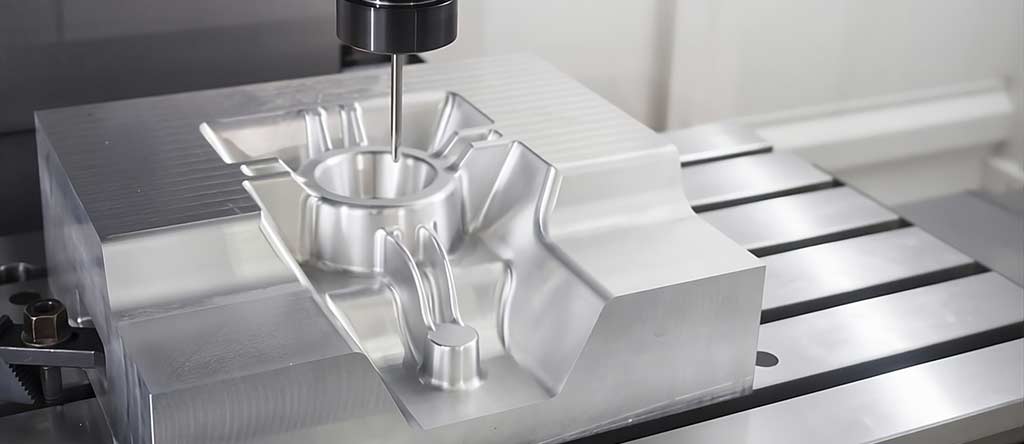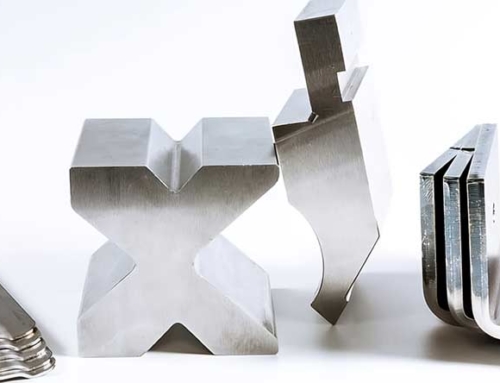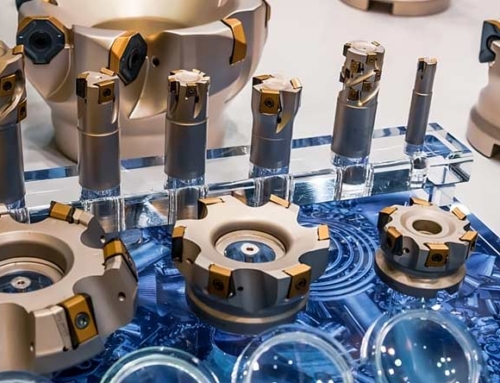Aerospace manufacturing is one of the most demanding industries in the world, requiring exceptional precision, reliability, and adherence to rigorous standards. CNC (Computer Numerical Control) machining is crucial in meeting these stringent requirements, enabling aerospace companies to produce high-performance components with extreme accuracy. Whether manufacturing critical engine parts, structural elements, or intricate flight-control systems, CNC machining ensures components meet tight tolerances and rigorous safety standards. This article explores why precision is essential in aerospace CNC machining and how it contributes to industry safety, performance, and innovation.
The Significance of Precision in Aerospace Manufacturing
Even the slightest deviations in aerospace applications can lead to catastrophic outcomes. Parts must be manufactured with exacting tolerances, often measured in microns, to ensure they function correctly under extreme conditions. Components such as turbine blades, landing gear parts, fasteners, and structural brackets require precise dimensions and surface finishes to withstand high stresses, extreme temperatures, and dynamic loads.
Precision machining is vital because it directly impacts:
- Safety: Minor dimensional inaccuracies or defects can compromise the structural integrity of aircraft, endangering passengers and crew. Precision CNC machining, a cornerstone of our safety standards, ensures every component meets rigorous safety standards, minimizing risk and instilling confidence in the aerospace industry’s commitment to safety.
- Reliability: Aerospace parts must operate flawlessly under intense pressure, vibration, and temperature fluctuations. Precise machining guarantees consistent performance and helps avoid unexpected failures or maintenance issues.
- Efficiency and Fuel Economy: Precisely machined components not only ensure safety but also optimize aerodynamics, reduce drag, and improve overall aircraft performance. This not only enhances operational efficiency but also contributes to significant fuel savings, making the practical benefits of precision in aerospace manufacturing tangible to the audience.
- Compliance: Aerospace manufacturing must comply with strict regulatory requirements such as FAA (Federal Aviation Administration) standards and AS9100 certifications. Precision machining ensures manufacturers consistently meet these demanding regulations.
How CNC Technology Achieves Aerospace Precision
CNC machining’s ability to deliver aerospace precision comes from advanced automation, digital control, and multi-axis capabilities. Here’s how these factors drive accuracy:
Automated Control and Repeatability
CNC machines operate from digital instructions programmed using CAD (Computer-Aided Design) and CAM (Computer-Aided Manufacturing) software. The digital programs guide the machine’s movements with unmatched accuracy and consistency, eliminating human error. Once verified, CNC programs produce identical parts repeatedly, which is critical for aerospace manufacturers who require batch consistency and component interchangeability.
Multi-Axis Machining Capabilities
Aerospace components often have complex shapes and geometries that require advanced multi-axis machining. CNC machines capable of 4-axis or 5-axis operations can produce intricate parts in fewer setups, reducing errors introduced by manual repositioning. Multi-axis CNC machining ensures high-precision results for complex geometries such as turbine blades, engine housings, or structural brackets, reducing lead times and improving accuracy.
Advanced Cutting Tools and Technologies
CNC machining employs specialized tools and cutting techniques to achieve precision. High-performance tools from carbide, ceramics, or polycrystalline diamond (PCD) materials provide superior cutting accuracy and wear resistance, especially in challenging aerospace alloys such as titanium, Inconel, or hardened steels.
Advanced machining techniques, including adaptive cutting and high-speed milling, optimize cutting paths and speeds to reduce tool wear, maintain tight tolerances, and achieve superior surface finishes. Aerospace CNC machining often employs real-time monitoring and feedback systems to maintain accuracy during prolonged machining operations, ensuring consistent part quality.
Applications and Innovations in Aerospace CNC Machining
CNC machining contributes to diverse aerospace applications, from critical structural components to sophisticated internal assemblies. Here are notable examples:
- Turbine Blades and Engine Components: CNC machining ensures precise aerodynamic profiles, tight tolerances, and superior finishes required for high-performance aircraft engines.
- Structural Components: Machined brackets, spars, ribs, and fittings support aircraft structural integrity. CNC machining guarantees dimensional accuracy, weight efficiency, and strength.
- Landing Gear and Actuator Systems: Precision-machined landing gear parts and actuators ensure reliable operation during take-off, flight, and landing.
- Avionics Enclosures and Flight Controls: CNC-produced avionics housings, control panels, and instrumentation require tight tolerances for secure component integration and vibration resistance.
Innovative technologies, such as hybrid machining that integrates CNC milling with additive manufacturing (3D printing), are revolutionizing aerospace production capabilities. These hybrid techniques enable rapid prototyping, optimized lightweight structures, and streamlined complex part production.
Precision is not optional in aerospace manufacturing—it’s mandatory. CNC machining provides aerospace companies with the technology, accuracy, and consistency they need to produce parts that ensure safety, reliability, and peak performance. By harnessing advanced CNC techniques, aerospace manufacturers achieve exceptional precision and push the boundaries of innovation, inspiring us all with the exciting future of aerospace technology.




